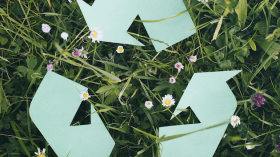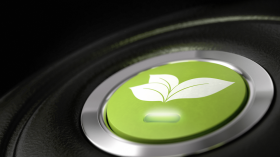Sue Robb of 4Children talks to Julie Laughton and Alison Britton from the Department for Education about the role of childminders in delivering the 30 hours free entitlement.
Dangerous paint used in play equipment, experts warn
Despite some of the samples being less that ten years old, the scientists found chemicals present with up to 40 times the recommended concentrations. In particular, high levels of chromium, antimony and cadmium were identified.
Current guidelines in the UK direct that new paint should be lead-free or contain less than 2,500 parts per million. However, the new research revealed that in some cases, levels of uo to 152,000 parts per million of lead were detected and were mostly present in yellow and red paints.
Dr Andrew Turner, reader in Environmental Science at Plymouth University, said: “While undisturbed and intact, coatings and their chemical components are relatively safe. But once the film begins to deteriorate through abrasion or via exposure to UV light and moisture, the paint begins to crack, flake and chalk and metal-bearing particulates are mobilised into the environment.
“The effects of lead on human health, including those that impact on the neurological development of children, are well-documented with regard to paint exposure in urban and domestic settings.’
Turner also warned that the results of this research would probably be replicated across the UK.
He added: “It is difficult to attribute poisoning directly to paint on playground equipment because the effects of lead are cumulative and children may be exposed to a multitude of sources of lead in domestic and urban settings.
“But previous studies around elevated lead in blood levels and the ingestion of paint chips have strongly suggested that paint is the source of intoxication.”
Company Focus
Just Lanyards is a subsidiary name of Gifts 2 Impress Limited, who have been trading for over 25 years, we therefore pride ourselves in having endless experience covering all aspects of the promotional merchandise industry.
Event Diary
UKREiiF has quickly become a must-attend in the industry calendar for Government departments and local authorities.
The multi-award-winning UK Construction Week (UKCW), is the UK’s biggest trade event for the built environment that connects the whole supply chain to be the catalyst for growth and positive change in the industry.
Supplier Profiles
Geo Energy
At GeoEnergy Design, we're on a mission to disrupt the traditional way heating and cooling ha
Latest Features
Professor Harith Alani, director of the Knowledge Management Institute at the Open University explains how AI can be used for good and bad.
Alex Lawrence, head of health & social care, techUK sets out techUK’s Five Point Plan for CareTech.

















